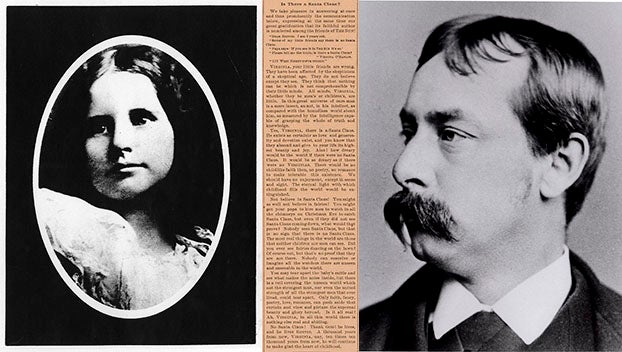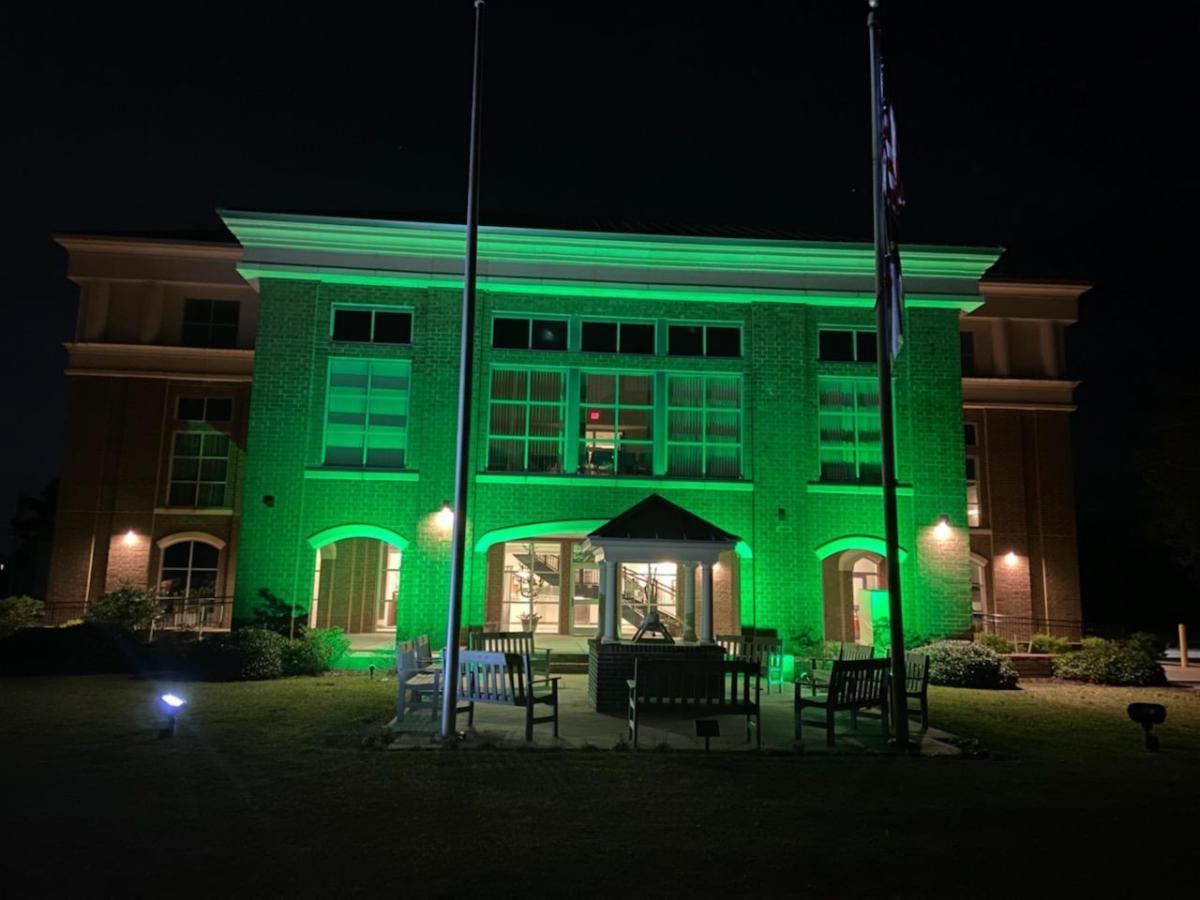Be wary of frozen pipes
Published 5:45 pm Sunday, January 7, 2018
Winter weather is taking its toll on Beaufort County. With it come a few joys rarely experienced in eastern North Carolina. School may be out for snow days. The sight of frozen dew on grass has a certain serenity to it.
There are also plenty of dangers. Among them is freezing pipes. Running water can easily be taken for granted. When water stops flowing from faucets, it can leave homes and businesses with a larger problem than they may expect.
One of the potential dangers associated with freezing pipes is the prospect of them bursting. Water is unique in that it expands when frozen. That can cause pressure on the lines containing it, whether they are metal or plastic.
Pipes that are most likely to freeze are outdoor lines, like sprinkler or pool feeds. The best way to prevent these lines from freezing is to drain water from them before the frigid weather arrives.
Others that run through unheated areas are also in danger. Monitor pipes in kitchen cabinets, small-storage spaces, garages and basements. Adding additional insulation to these areas can combat freezing. The Red Cross says that even a quarter-inch of newspaper can significantly help.
Most pipes indoors can be monitored with relative ease. Opening cabinets that host pipes lets warmer air circulate. A telltale sign that pipes are freezing is decreased water pressure.
Not all means of preventing this will be easy and cost effective. Keeping the thermostat on the same temperature around the clock and letting water trickle through at-risk pipes will run up utility bills, but will also prevent much more costly repairs to burst pipes.
If pipes are already frozen, the Red Cross has simple ways to help thaw them out. Electric heating pads, a hair dryer or towels soaked in hot water can all be used to melt the ice inside the lines. Make sure to keep the faucet on so that melting water can run out, which will also help melt the ice.





